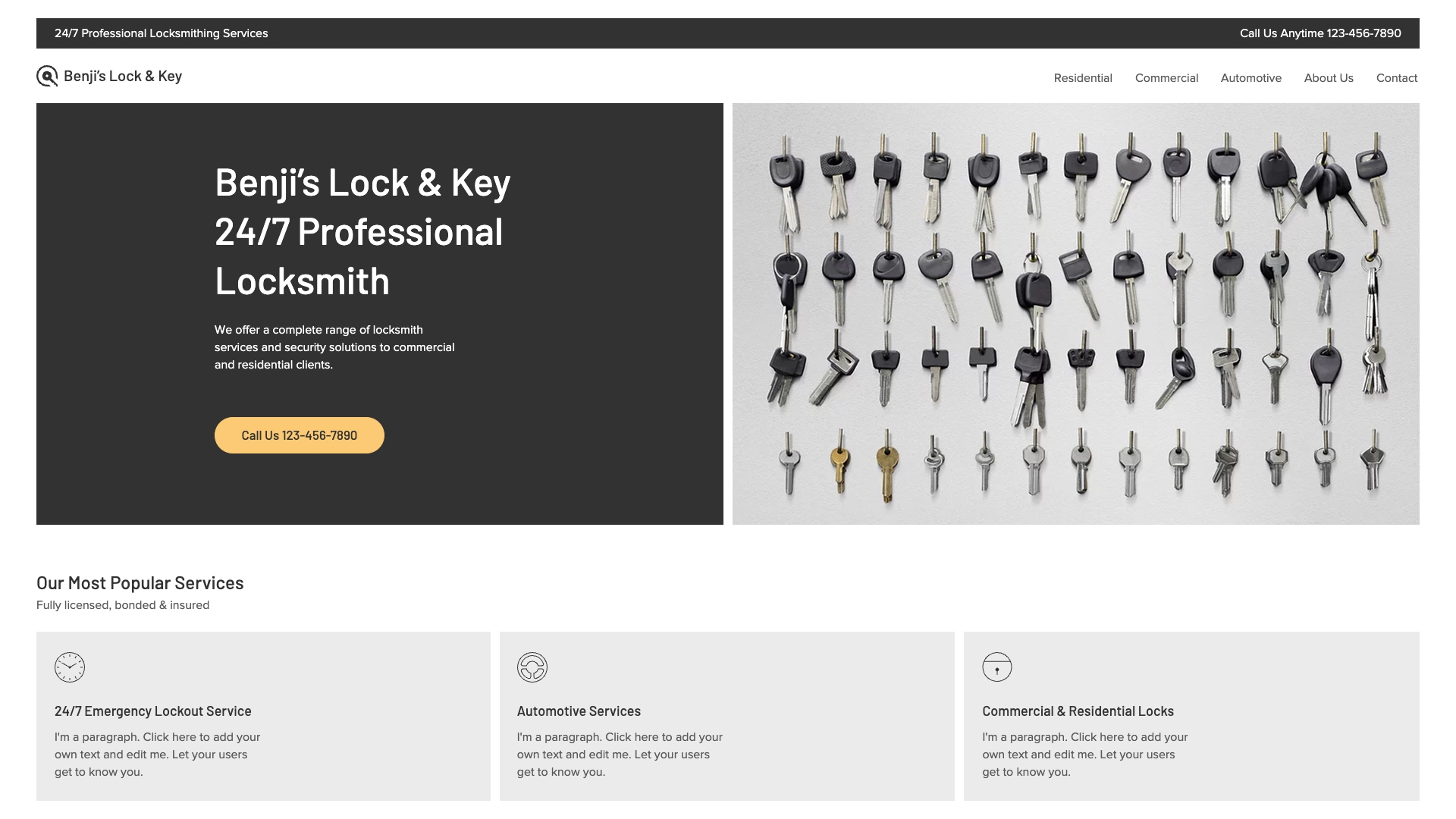Title: The Importance of Complete Titles in Academic and Professional Contexts
Introduction:
In the realm of academic and professional writing, the title plays a crucial role in capturing the reader's attention and conveying the main idea of the content. A well-crafted title not only provides a brief overview of the topic but also serves as a hook to entice the reader to delve deeper into the discussion. Unfortunately, many writers often overlook the importance of crafting complete titles and settle for incomplete or vague headings, which can negatively impact the overall quality of the piece. This article will discuss the significance of complete titles in academic and professional contexts and offer practical tips for writers to create effective headings.
The Importance of Complete Titles in Academic Writing:
In the academic setting, titles serve as the primary means of conveying the purpose and focus of a research paper, essay, or report. Complete titles not only provide clarity for the reader but also help researchers to identify relevant literature and understand the research question or hypothesis. Moreover, complete titles help instructors and evaluators to quickly assess the quality and relevance of a paper, which can significantly impact the grading process.
Furthermore, complete titles contribute to the overall coherence and structure of an academic paper. They help to organize the content and guide the reader through the argument or discussion. Incomplete or vague titles, on the other hand, can lead to confusion, making it difficult for readers to understand the central idea of the paper and follow the author's line of reasoning. Consequently, a well-crafted title that accurately reflects the content of the paper can significantly enhance the reader's experience and improve the chances of a successful academic publication.

The Importance of Complete Titles in Professional Writing:
In the professional world, titles also play a vital role in capturing the reader's attention and conveying the main message of a document. Whether it be a business report, marketing brochure, or blog post, complete titles help to engage the reader and encourage them to delve deeper into the content. Complete titles also contribute to the professional image of an organization or individual, as they convey a sense of expertise and credibility in the subject matter.
Moreover, complete titles are essential for effective search engine optimization (seo). In today's digital landscape, online content is constantly being filtered and ranked based on relevance and keyword usage. Complete titles that accurately describe the content of a document can significantly improve its visibility and increase the chances of it being discovered by potential readers. Incomplete or vague titles, however, can make it difficult for search engines to accurately index and rank the content, resulting in lower visibility and reduced readership.
Practical Tips for Creating Complete Titles:
To create complete titles that effectively convey the main idea of a piece, consider the following tips:
1. Use specific and descriptive keywords: Choose words that accurately reflect the content of the document and provide a clear sense of what the reader can expect. Avoid using vague or generic terms that fail to convey the unique focus of the piece.
2. Keep it concise: While it is important to provide enough information in the title, it is also essential to keep it brief and concise. Long titles can be difficult to read and can detract from the overall impact of the document. Aim for a title with 5 to 10 words maximum.
3. Use proper capitalization and punctuation: Follow standard title case capitalization rules and use proper punctuation to make the title clear and easy to read. This includes using proper spacing between words and using appropriate punctuation marks (e.g., periods, commas, colons) to separate phrases or clauses.
4. Avoid jargon and abbreviations: Use terms that are easily understood by the target audience and avoid using jargon or abbreviations that may be unfamiliar to readers. This can help ensure that the title is accessible and relevant to the intended audience.
5. Proofread and revise: Finally, proofread the title carefully to ensure that it is free of grammatical errors and that the words flow together smoothly. Consider revising the title if necessary to improve its clarity and effectiveness.
Conclusion: